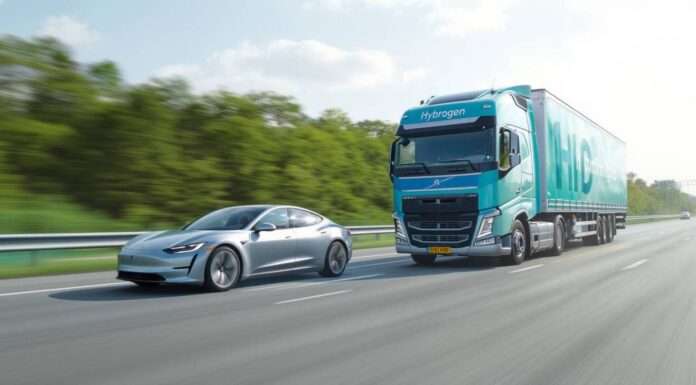Decarbonizing Transportation: Current Situation and Challenges
In 2023, transportation accounts for nearly 16% of global greenhouse gas emissions. According to the International Energy Agency, electric vehicles (EVs) are expected to account for 58% of global new car sales by 2040. However, heavy road transport, aviation, and maritime transport pose much more complex challenges. Electric batteries, although promising, struggle to meet the weight and range requirements necessary for long-distance trucks. Moreover, aviation and maritime transport require solutions tailored to their unique operational constraints.
Infrastructure costs and technical constraints, such as energy density and safety, strongly influence these technological choices. Massive investments in EV charging stations, hydrogen filling stations, and biofuel refineries already illustrate current industrial trends.
Technological Choices: A Delicate Balance
Light Vehicles: The Electric Domination
Electric vehicles have already proven their potential for decarbonization in light vehicles. With manufacturers like Tesla and Nissan leading the way, and countries like China investing heavily in charging infrastructure, the path seems clear. However, challenges remain, including dependence on critical materials like lithium and rare earths. The industry is actively exploring alternatives, such as sodium-ion batteries, to mitigate these risks.
Heavy Road Transport: Hydrogen vs Batteries
In the heavy road transport sector, the competition between hydrogen and batteries continues. Hydrogen offers quick refueling and extended range, major assets for trucks. However, challenges remain regarding the production and distribution of green hydrogen. On the other hand, batteries require longer charging times and more expensive infrastructure. Companies like Nikola and Daimler are actively exploring both paths.
Aviation and Maritime: Evolving Solutions
Aviation and maritime transport are exploring synthetic fuels and hydrogen solutions. Liquid hydrogen could power future airplanes, but its storage and handling pose significant technical challenges. In maritime, green ammonia and methanol emerge as viable alternatives to traditional heavy fuel oil, offering a significant reduction in emissions.
Towards a Decarbonized Future: Strategies and Solutions
To achieve effective decarbonization by 2040, international cooperation and policy harmonization will be crucial. National strategies vary considerably, with China pushing for total electrification, Europe betting on hydrogen, and the United States focusing on biofuels. This fragmentation could slow progress if not managed coherently.
Continuous innovation and the search for alternative solutions, such as low environmental impact batteries and renewable fuels, will be essential to overcome current challenges. Ultimately, only a concerted effort between governments, industries, and consumers can ensure a future where transportation actively contributes to the protection of our planet.
Sources
https://www.iea.org/reports/global-ev-outlook-2023
https://www.transportenvironment.org/discover/
https://theicct.org/publications/
https://www.iea.org/reports/global-ev-outlook-2023
https://www.transportenvironment.org/discover/
https://theicct.org/publications/



